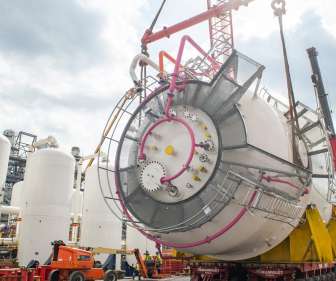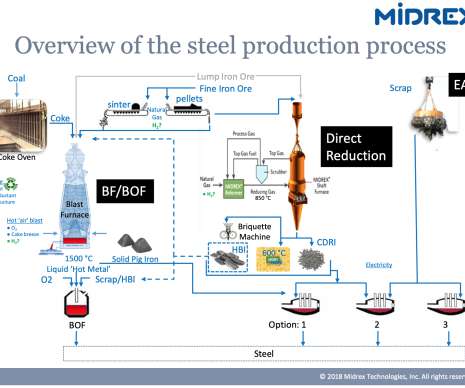ArcelorMittal inaugurates €200M Steelanol carbon capture and utilization project at Ghent plant
Green Car Congress
DECEMBER 9, 2022
At an event held at its steel plant in Ghent, Belgium, ArcelorMittal inaugurated its flagship carbon capture and utilization (CCU) project. Earlier post.) The €200-million Steelanol project is a first of its kind for the European steel industry. It will reduce annual carbon emissions from the Ghent plant by 125,000 tonnes.












Let's personalize your content